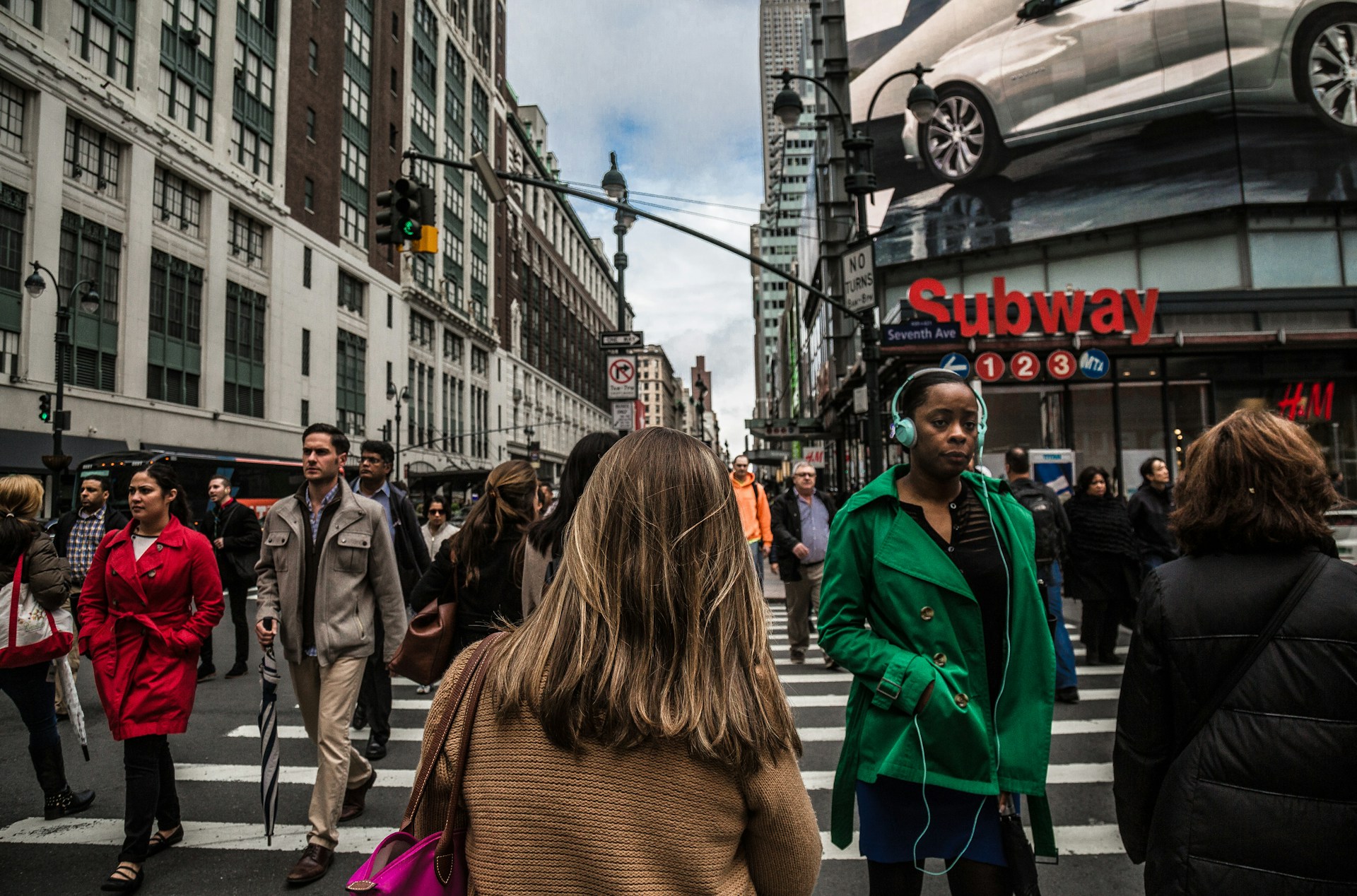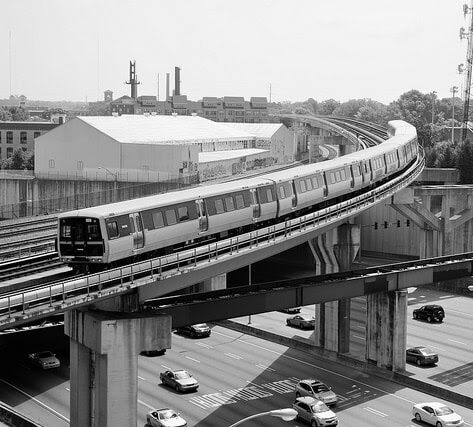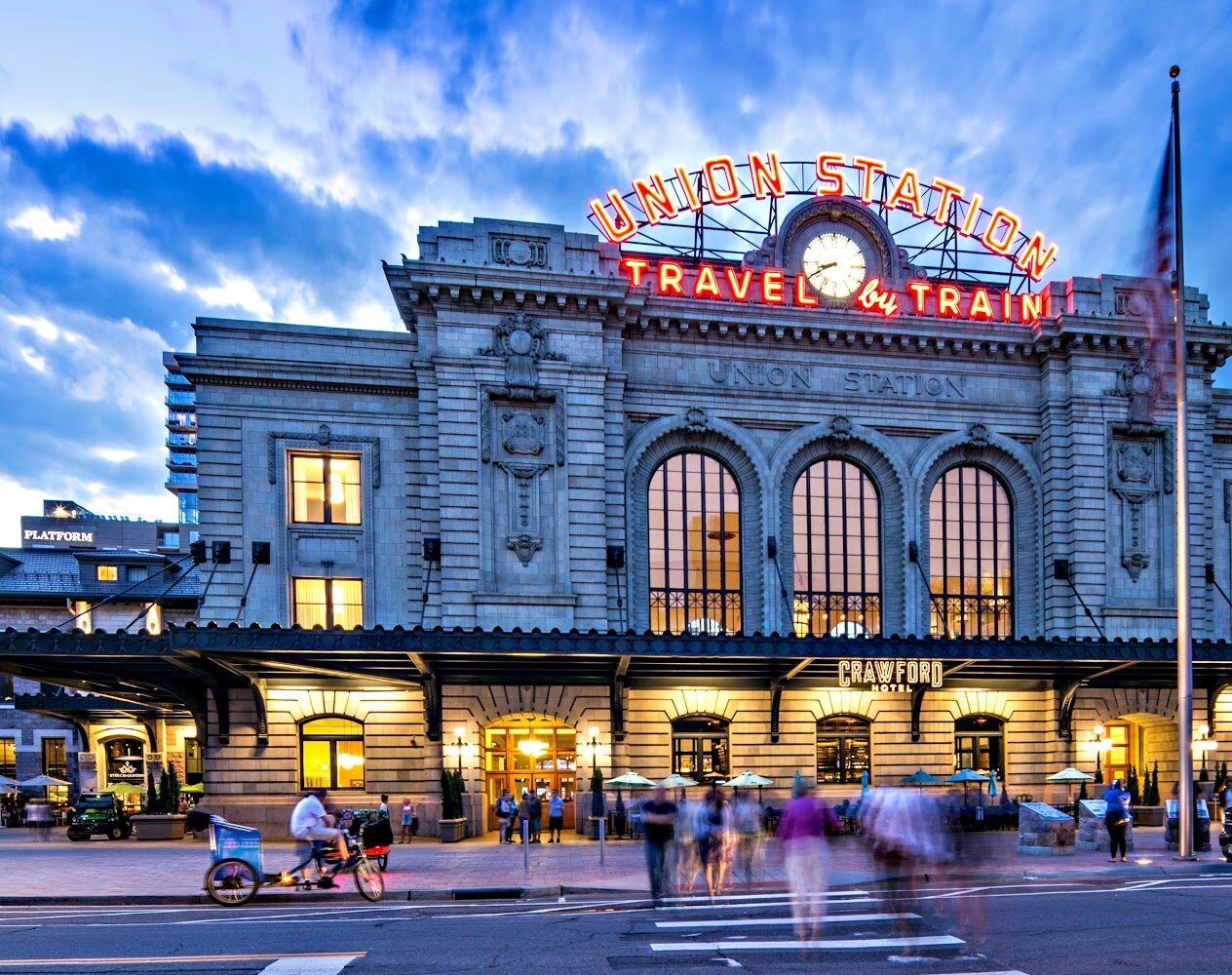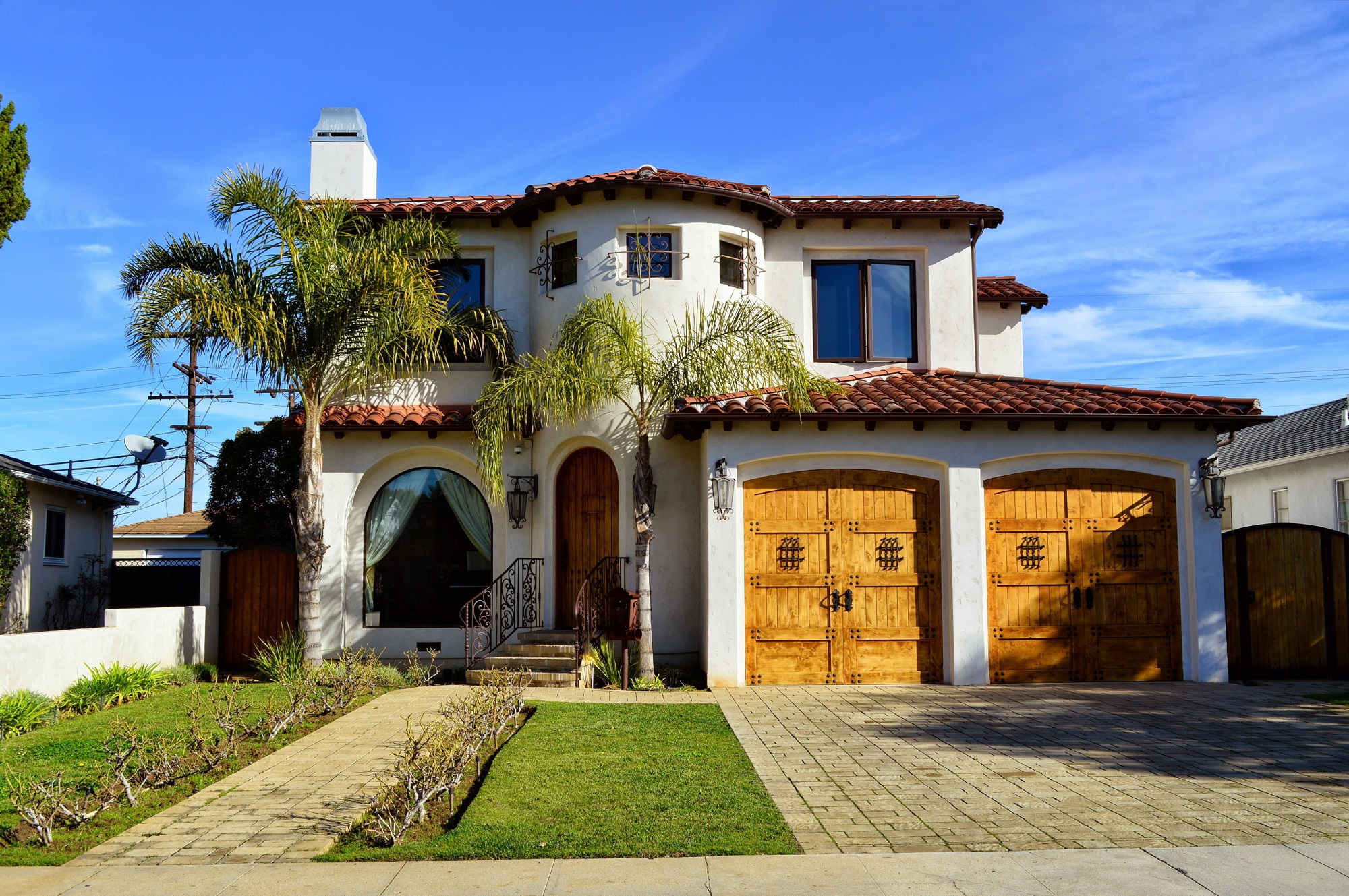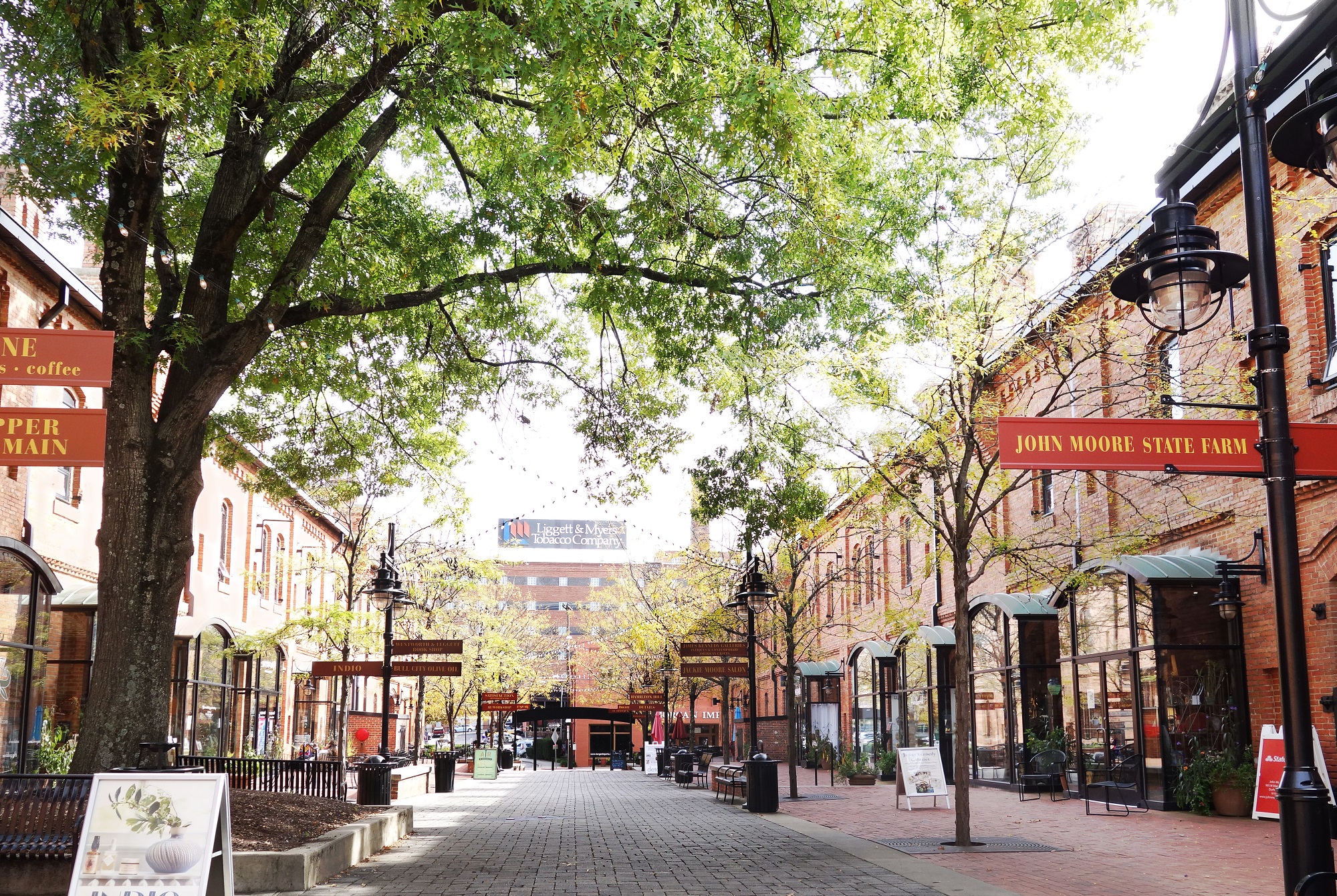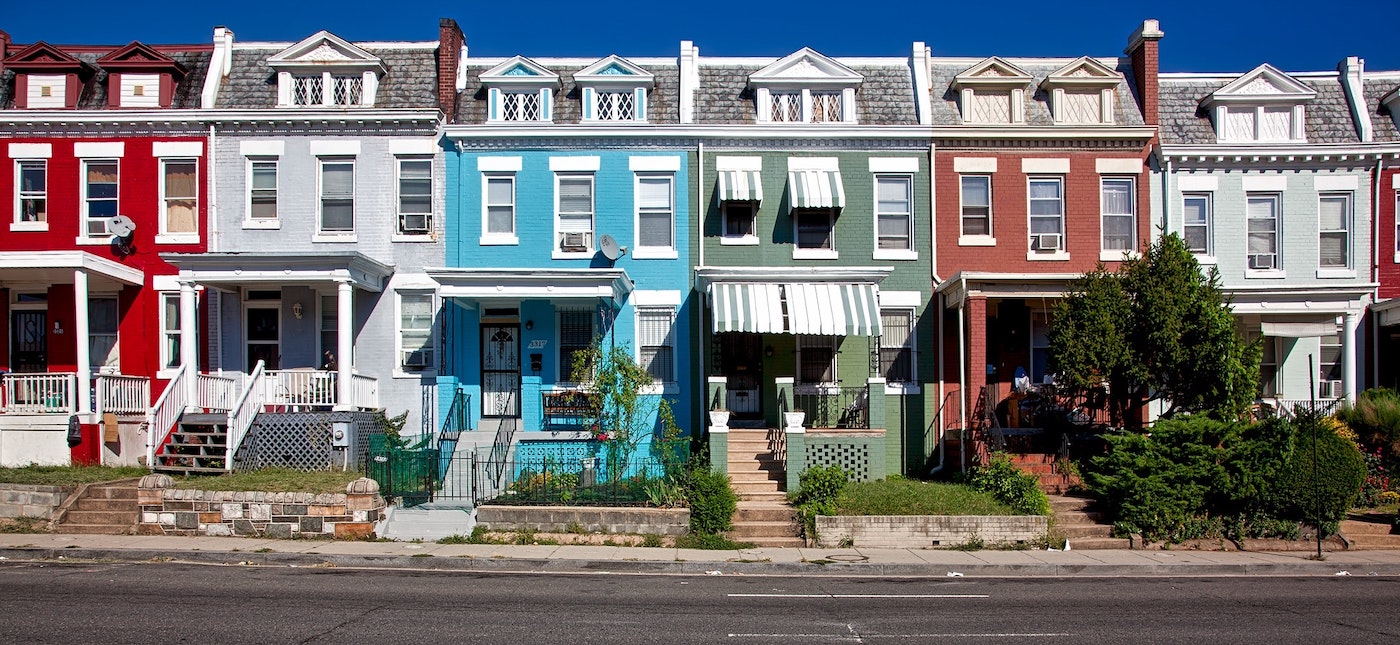
The 10 Best Cities in the U.S. to Live Without a Car
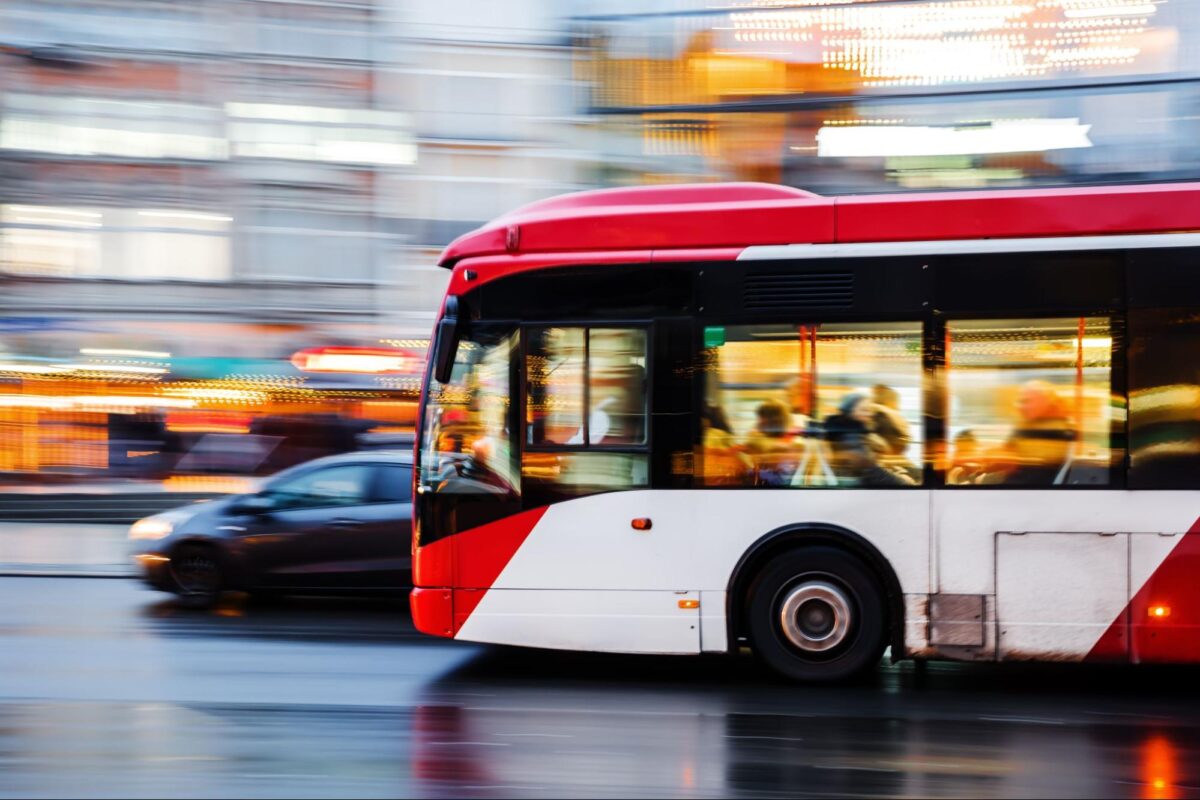
Convenience, freedom, and the potential to embark on a road trip at any time are all excellent reasons to own a car, but you certainly don’t need to have one to live in some of the country’s hottest cities.
If you’re planning your next big move, you may have some doubts about whether you’ll be able to navigate your new home without your own set of wheels. Quit the traffic jams and skip the parallel parking in these 10 best cities to live without a car in the United States:
- New York City, New York
- Chicago, Illinois
- Washington, D.C.
- San Francisco, California
- Boston, Massachusetts
- Philadelphia, Pennsylvania
- Seattle, Washington
- Portland, Oregon
- Miami, Florida
- Denver, Colorado
Let’s get started!
1. New York City
If you’re thinking about moving to New York with no car, you’ll be in good company. New York is one of the country’s most navigable urban areas in terms of walkability, and its public transportation system tallies more than 3.8 billion rides every year.
The city’s main public transit system is the New York City Transit Authority, branded as the MTA, which oversees:
- The New York City Subway, with 22 rail lines stitching together Manhattan, the Bronx, Brooklyn, and Queens
- New York City Bus, which includes 234 bus routes serviced by the largest bus fleet in the country
- The Staten Island Railway, which makes NYC’s fifth borough accessible by rapid public transit
While 56% of New Yorkers rely on the MTA to get around New York, there are plenty of other modes of transport to explore the city and an extensive network of public transit options connecting New York to its surrounding cities and states.
This city is so easily traversable that many New Yorkers report that having a car can be more painful (and more costly) than living without a car, especially considering the city’s already high cost of living.
2. Chicago, Illinois
The so-called “third coast” of Chicago is our next pick for the best places to live without a car in the U.S. The city’s public transportation system, the Chicago Transit Authority (CTA), is the fourth most extensive public transit system in the country by track mileage. It services Chicago’s central urban stomping grounds and 35 of the city’s suburbs.
The CTA runs two main types of public transportation options:
- The Chicago L: Chicago’s mostly elevated system (the “L”) runs along eight rail lines that converge at the Loop, the city’s commercial center.
- The CTA Bus Service: To supplement rapid transit, commuters can also take advantage of the CTA’s 1,864-strong bus fleet, which connects metro neighborhoods via a network of 129 bus routes.
While owning a car can certainly help you stay warm during the bitter winters of Chicago, the city can be prone to traffic jams, and parking tends to be costly. Pedestrians can escape the windchill by using Chicago’s Pedway, a meandering fretwork of underground tunnels right in the heart of central Chicago.
In the summertime, car-free residents can take advantage of the fair weather and use Chicago’s well-groomed bike paths, with more than 200 miles woven throughout the city.
3. Washington, D.C.
Given the esteem of the nation’s capital city, it’s no surprise that the stately urban landscape of Washington, D.C. has one of the best-running and cleanest rapid transit systems in the country.
D.C.’s eminently punctual Metro and Metrobuses are run by the Washington Metropolitan Area Transit Authority (WMATA), with six rail lines and 49 bus routes crisscrossing the city. Between train and bus routes, residents can also enjoy the city’s shared cycling network—Capital Bikeshare—which costs less than a Netflix subscription at $8.99 per month.
Since roads tend to be dominated by cabs and caravans shuttling prominent public figures to their next meetings, many residents agree that D.C. is a far better city to enjoy by rail, bus, bike, and foot than in a car of their own.
4. San Francisco, California
Despite its renowned topographical challenges, San Francisco is one of the most welcoming U.S. cities for city-goers who prefer to go car-free. In 1999, residents of the city voted to create the San Francisco Municipal Transportation Agency (SFMTA), which facilitates an eclectic array of commuting possibilities, including:
- Muni buses, with 54 bus routes
- The Muni Metro, with seven light rail lines and historic streetcars
- Trolleys, with 17 trolley lines
- Cable cars, which aren’t the most efficient mode of transport (although they do offer a charming tour of the city’s historic districts!)
Beyond the network of public transport in the city’s center, the East Bay, Berkeley, and Oakland can all be accessed by Bay Area Rapid Transit (BART).
So long as you don’t plan on trekking from one end of the peninsula to the other, San Francisco can be a remarkably walkable city, with plenty of culture, restaurants, and diversions to enjoy in each neighborhood from nothing more than your own two feet.
Cycling is another popular way to navigate the area, and the city’s Ford GoBike bike-sharing program is steadily expanding its fleet and stations. If you’re bringing your wheels, you may want to invest in an electric model so you can scale those iconic hills without pulling a hamstring.
5. Boston, Massachusetts
The collegiate Boston Metropolitan area boasts 44 higher education institutions, so it’s no surprise that the city has mastered the art of getting its bustling population from point A to point B before the bell rings.
Owning a car in Boston can be grating. Even if you can afford the parking fees, memorizing the city’s riddled map of one-way streets can be harrowing, so it’s no surprise that Boston drivers are known to get testy when such narrow roads leave little room for sharing.
Fortunately, Boston has the Massachusetts Bay Transportation Authority to thank for its accessibility. The MBTA ranks as one of the country’s best public transit systems, with four ways to get around town:
- The T: Boston’s rapid transit network, the T, has five main lines stitching together the sprawling city. Any stop on the grid costs a flat one-way fee of $2.40. Alternatively, you can purchase an unlimited monthly CharlieCard for $90 per month.
- Buses: Your CharlieCard will also work for the MBTA’s bus system, which boasts over 170 routes. Furthermore, Boston is poised to launch a major revitalization of its bus system with a Bus Rapid Transit (BRT) initiative to address outdated infrastructure and increased commuter traffic. While no concrete changes have been made yet, the project may make the city more accessible to all its residents.
- Commuter Rail: This rapid transit system was designed to convey residents of Boston’s populous suburbs like Worcester and Lowell into the city. There are eight main branches of commuter rail, with 14 terminus stations in townships surrounding the metro area.
Given Boston’s maritime history, it should come as no surprise that the city also offers transportation by sea. Hop aboard the ferry for a tour around the Boston Harbor or a visit to neighboring Hull and Hingham islands off the peninsula.
Other cities where you can go carless: Honorable mentions
As America’s urban centers continue to grow, other U.S. cities are putting more emphasis on improving their navigability. If you’re going without a car, don’t forget to check out these five American cities making strides in mobility:
- Philadelphia, Pennsylvania: Whether you’re living on a cobblestone lane or in a newly developed neighborhood, you’ll have no trouble taking advantage of Philly without a car. SEPTA trains and buses are the go-to modes of transport for residents, while the city’s Indego bike share has both analog and electric bicycles. Nearby New York City and New Jersey are also both just a bus or Amtrak ride away from Philly’s gorgeous 30th Street Station.
- Seattle, Washington: Seattle’s two public transport systems, King County Metro Transit and Sound Transit, work in tandem to provide rail and express bus travel for those without a car. Those who like to stay active know that biking is considered a way of life in this Northwestern city, with droves of cycling clubs and bike shops to keep cyclists happily spinning their wheels.
- Portland, Oregon: If having a car is normal, not having one is one of the most surefire ways to “keep Portland weird.” Thankfully, the TriMet transit system’s five rail lines and 85 bus lines more than adequately accommodate Portland’s car-less lot. Like Seattle residents, people who live in Portland love to cycle, and this bike-friendly city offers a Biketown bike-share for those who don’t have a bike to call their own.
- Miami, Florida: Although residents here love cruising around in their Corvettes, no rule says you have to shell out on your commute if you move to Miami. With three dynamic public transit systems—Metrorail, Metrobus, and Metromover—you can find weeks’ worth of adventures in and around the city’s hottest neighborhoods. You can also use the Tri-Rail to access nearby hotspots like West Palm Beach and Fort Lauderdale.
- Denver, Colorado: Denver’s Regional Transportation District links Denver, Aurora, and Boulder with a bus and light rail system, with planned expansions to add 122 miles to the commuter package. While you may want to rent a car to take advantage of the magnificent terrain, residents of Denver are known to be an active bunch who love to walk, bike, and scooter around the city (and hire a ride-sharing service for those in-between areas).
Forge your path with Landing
West, east, north, and south, these 10 cities prove you don’t need to own a car to satisfy your wanderlust for a new urban landscape. To keep you anchored while you explore your new city, check out Landing’s apartments in walkable, bikeable, and even boatable cities across the U.S.
Our flexible-lease apartments are designed to fit your time frame and lifestyle, with luxury amenities from cozy sheets or a kitchen fully stocked with household essentials. For more on why Landing is the best place to find fully furnished apartments and help you make the most of your next city adventure, browse our available apartments today!

